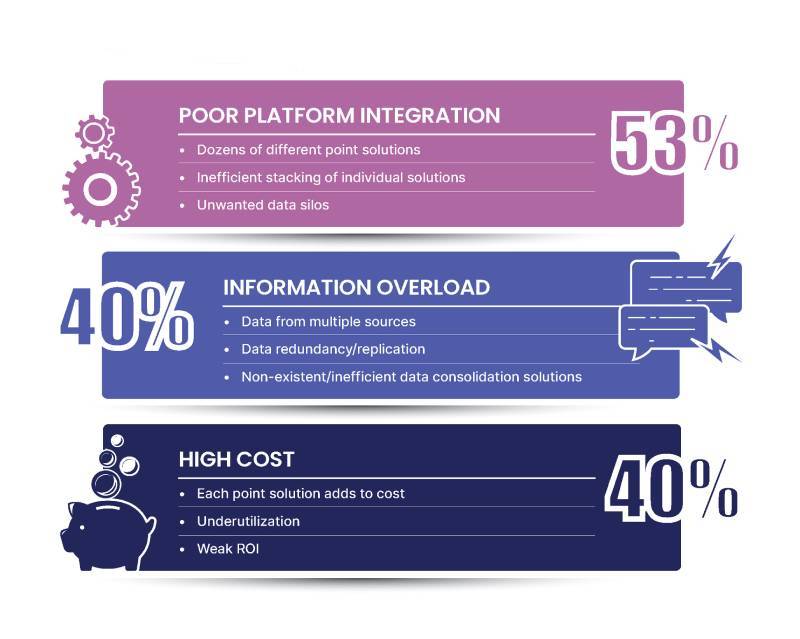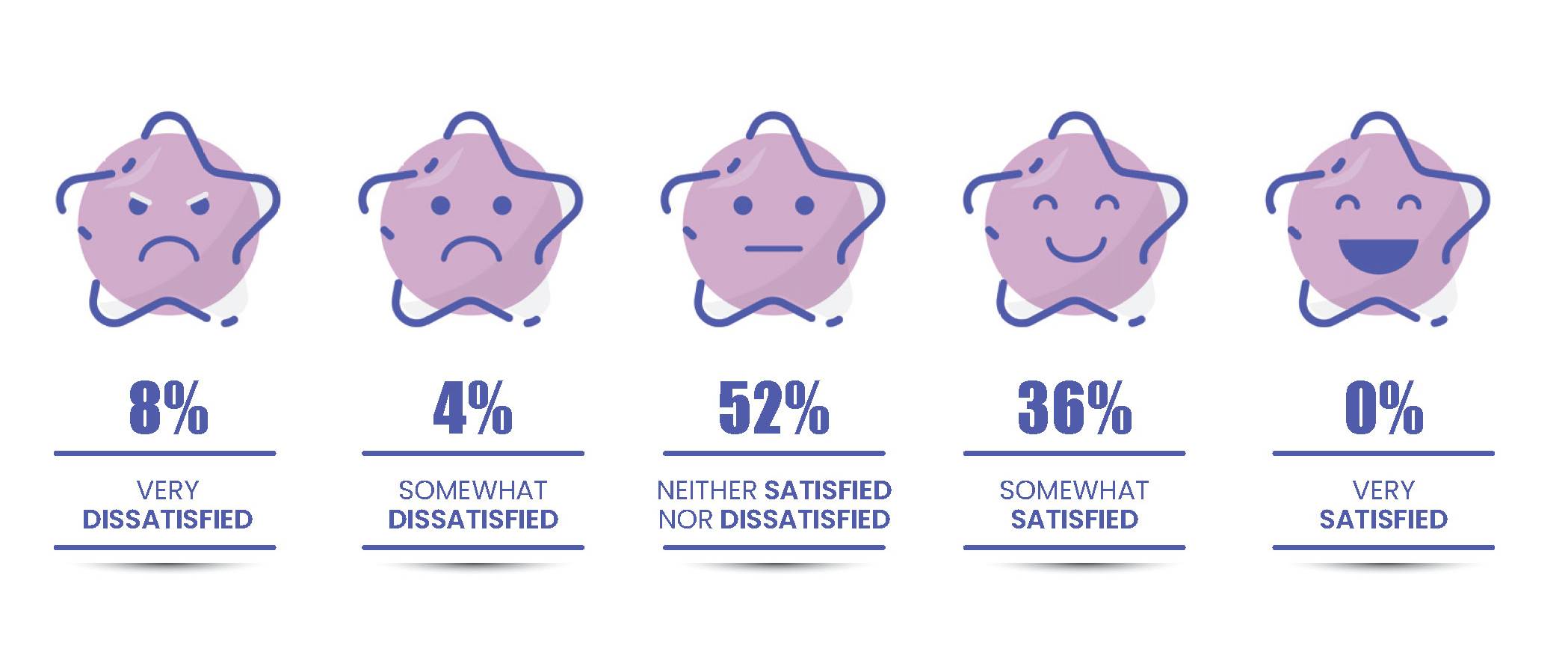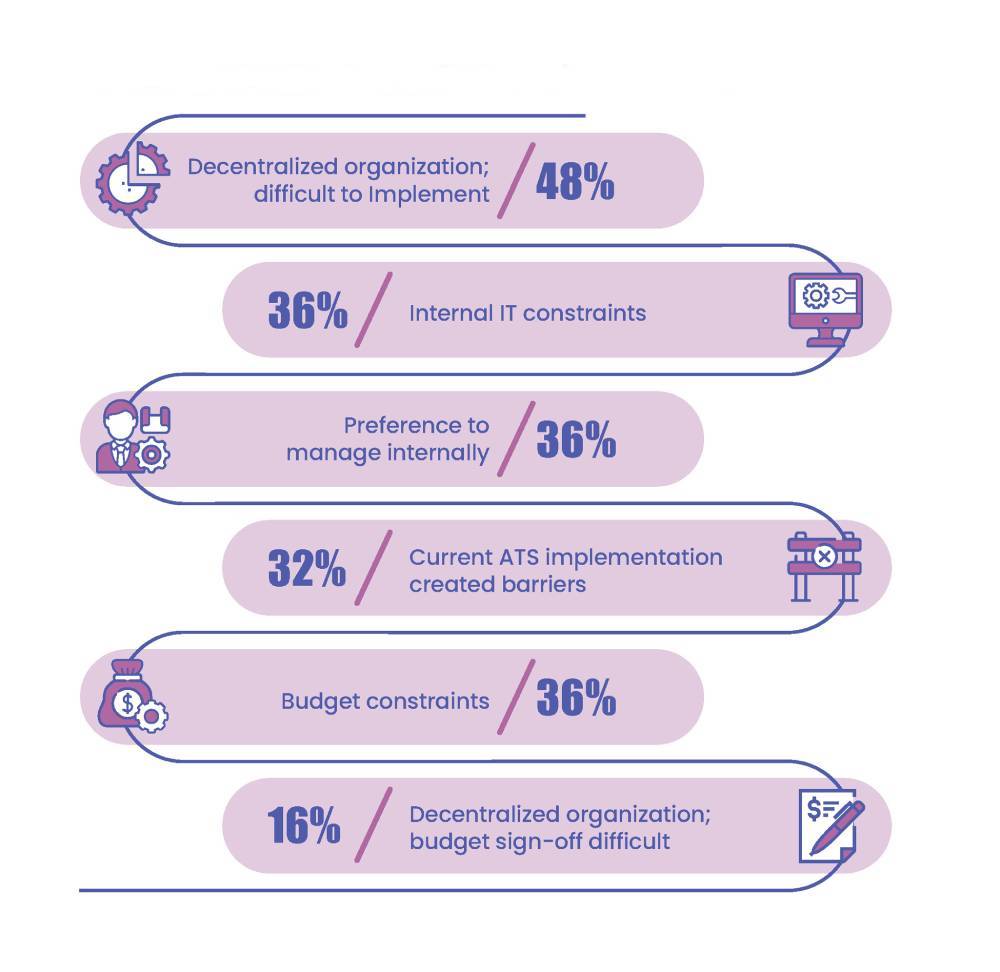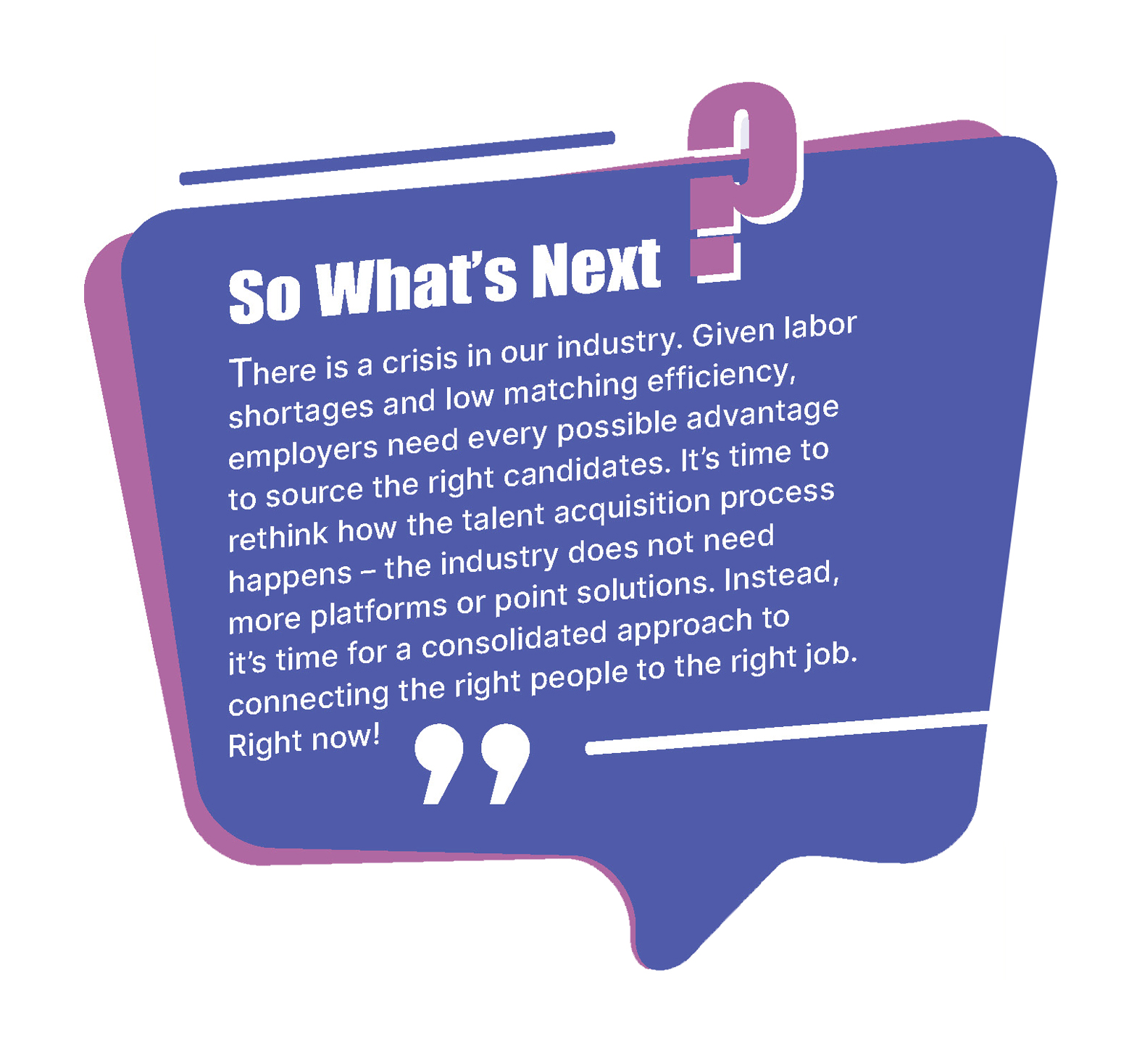Introduction
The U.S. is witnessing its second downturn since the start of the pandemic, with GDP contracting in the first half of 2022. However, despite a questionable economic outlook, the labor market is responding very differently now compared with 2020 or the 2007-2009 Great Recession.
While there have been huge layoffs in consumer discretionary and tech industries, the overall labor market is tight and the unemployment rate at a near record low, with approximately 11.2 million job openings and around 5.9 million unemployed.
To put it simply: there are more than enough jobs to go around, but companies are struggling to find the right candidates. Furthermore, budgets are unpredictable. Talent acquisition (TA) leaders face an uphill battle.
To date, many have used multiple (hopefully) best-in-class platforms as a part of their TA tech stack. Will this approach work, given current labor market realities?
We asked a number of TA leaders their thoughts.
Pointing Fingers at Point Solutions
Most TA leaders and practitioners are frustrated with their current tech stacks. Challenges largely stem from the fact that multiple point solutions are stacked and merged, but not properly integrated. The sheer number of solutions often results in a sub-optimal job-seeker experience, drives up cost, creates data silos, and information redundancies, making for an unwieldy tech stack.
Common point-solution challenges include:
In-house Teams Struggle to Juggle
Among organizations that manage their TA platforms in house, nearly half (48%) are using two to three solutions, while 40% use four or more. No wonder teams are plagued by information overload, high cost, and poor integration!

Two-thirds (64%) of TA professionals are less than satisfied with their talent acquisition tech stack, indicating significant room for improvement. Notably, no one was “very satisfied.”
Why Aren’t End-To-End Talent Acquisition Platforms More Popular?
While stacked solutions present certain challenges, end-to-end platforms are not a viable one-size-fits-all approach either. Apart from inherent constraints, organizational challenges are also a barrier to mainstream adoption.
The following factors prevent organizations from using end-to-end platforms:  The complexity increases exponentially in the case of organizations with multiple business segments, each with their respective HR teams and heterogenous hiring needs, as well as rigorous compliance and information security protocols.
The complexity increases exponentially in the case of organizations with multiple business segments, each with their respective HR teams and heterogenous hiring needs, as well as rigorous compliance and information security protocols. 
Methodology
The findings of this report reflect input from more than 50 talent acquisition experts located in North America, collected in Q3 2022. Participants represent organizations hiring a minimum of 500 employees per year, with nearly half (47%) representing functions processing more than 5,000 requisitions annually. Responses cover a variety of industries, including Healthcare, Finance and Banking, and High Tech.
Request a demo of Joveo solutions today. And follow us on Twitter and LinkedIn, where we’re always working to help you get the most out of your recruitment advertising














